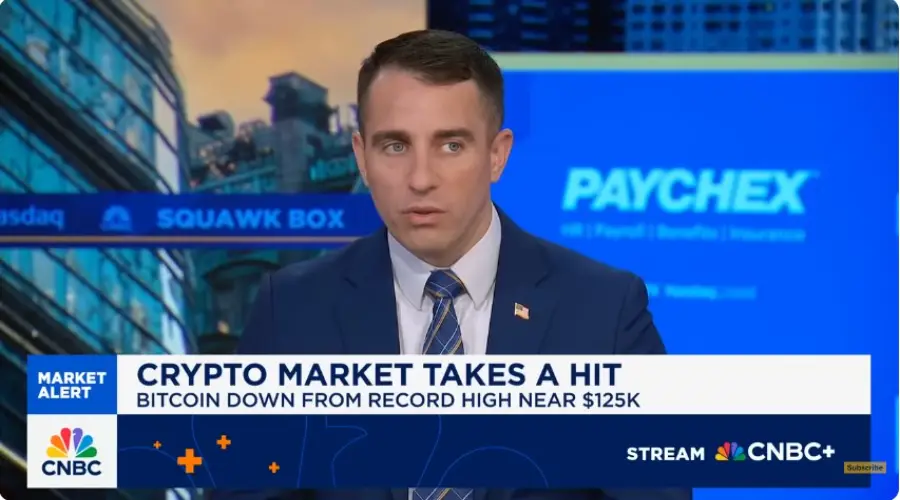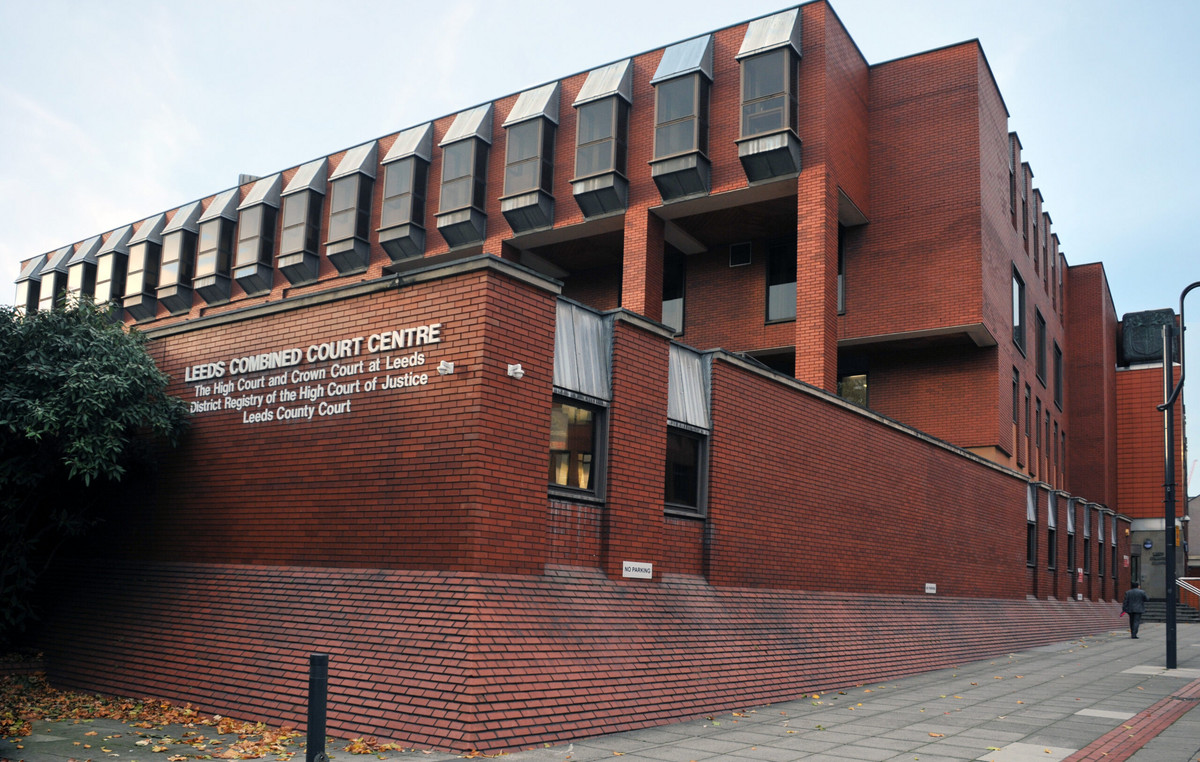The family of baby Henri Rufino de Oliveira, born two months ago, is mobilizing social networks in search of help to acquire a drug worth approximately R$ 7 million to treat a rare disease.
Henri was diagnosed with Spinal Muscular Atrophy (SMA) in the first days of life. His mother, Letícia Rufino, explained to CNN about the discovery of the degenerative disease and what signs caught her attention in the baby’s behavior.
She says that her pregnancy went perfectly, with no signs of problems with the baby. However, when Henri was 15 days old, his mother noticed that he was very quiet and did not move during the night.
“I would put him to sleep in one position and he would wake up the same way. I compared it with a friend’s baby and found it strange that he didn’t move, so I took him to the pediatrician”, reports Letícia.
At 28 days old, when he went to a routine pediatric consultation, the doctor asked for Henri’s immediate hospitalization. On the second day of hospitalization, the child was admitted to the ICU due to breathing difficulties.
The medical team performed a genetic test to confirm the diagnosis of the disease, and the result took a month to be ready.
“When this genetic test came out, it came as a shock saying that it was the AME disease, a degenerative disease that kills the child’s motor neurons every day. The child is dying a little every day”, said Letícia, the baby’s mother.

Treatment
Currently, Henri does not move his legs and arms, has breathing difficulties and is fed through a tube.
“If not treated [a doença]in the case of Henri, the child lives up to 2 years of age”, said Letícia.
The baby’s mother explained that there are three types of medicine for Henri’s illness. One of them, according to her, is already provided by the Unified Health System (SUS) and is called Spinraza. Another is Risdiplam, but, says the mother, it is still not provided by the SUS. “But it’s palliative care,” she said.
“Today what we need is Zolgensma. It’s the most expensive medicine in the world and it’s the gene treatment that will make Henri produce the missing protein. A child who has SMA lacks the main protein responsible for motor neurons, so my search is for the most expensive drug in the world”, explained Letícia.
Help on social networks
Henri’s mother reports that there are two ways to get the medicine: via legal action against the Union, which, according to her, “is an arduous struggle that takes many months”, or by asking the population for help.
She explains that Henri has to take the medicine until he is 6 months old. That’s why the family started a virtual crowdfunding.
“This kitty has taken on great proportions. It is a very high amount and difficult to obtain, but we have already raised R$ 2 million. Our struggle today is to be able to buy this medicine,” she concluded.
about AME
Neuropediatrician Karen Baldin explains that Spinal Muscular Atrophy (SMA) type I begins between 0 and 6 months, and is the most common form among this group of autosomal recessive hereditary neuromuscular diseases, characterized by degeneration of motor neurons in the spinal cord and trunk. brain.
“The lack of the Motor Neuron Survival (SMN) protein results in degeneration and progressive loss of function of these neurons. This degeneration results in severe muscle weakness, which can lead to respiratory failure and death. Babies who have hypotonia and muscle weakness should undergo an early examination as soon as possible. If the couple already had a previous child with this diagnosis, the new baby must be tested at birth”, explains the doctor.
A multidisciplinary approach is the key element in the care of patients with spinal muscular atrophy, explains the neuropediatrician.
“AME is a complex disorder involving different aspects of care and health professionals. The treatment of these patients encompasses nutritional, respiratory and orthopedic care,” says Karen.
The neuropediatrician explains that, currently, studies have presented genetic modifications as the main therapeutic target.
“The possibility of altering the genetic code has opened doors for the development of drugs that modify or modulate DNA decoding and transcription, completely altering the prognosis and quality of life of these children, when started early: Nusinersena, which requires intrathecal applications [pelo canal espinhal]and Zolgensma as a single intravenous dose.
Source: CNN Brasil
I am an experienced journalist and writer with a career in the news industry. My focus is on covering Top News stories for World Stock Market, where I provide comprehensive analysis and commentary on markets around the world. I have expertise in writing both long-form articles and shorter pieces that deliver timely, relevant updates to readers.







